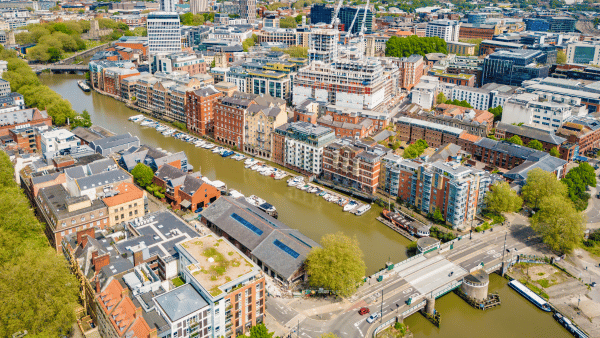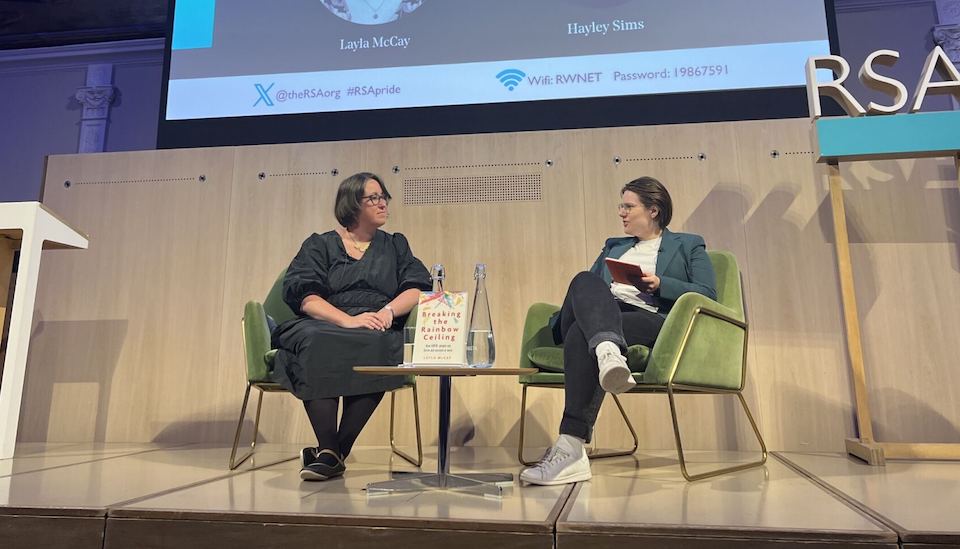The new drug strategy, published yesterday, is the high level vision that my colleague, Rebecca Daddow, described in a recent RSA Comment article. Steering away from the nuts and bolts of implementing the vision, it leaves the room for ‘leaders… in local areas’ to shape the service landscape.
It is great to see the government draw on the recent RSA work (Whole Person Recovery & Recovery Capital) in the final sections of the strategy: ‘Building recovery in communities’. Alongside the direct reference to the commissioned paper ‘The Potential of Recovery Capital’, the strategy’s acknowledgment of the need to develop a locally contextualised whole system approach to recovery that is ‘person-centred’ echoes the proposals of our new Whole Person Recovery’s report.
But unlike the strategy, our work offers practical examples of how to implement this at the local level. And crucially, it demonstrates how to engage the beneficiaries of the system – the problem drug and alcohol users, their families and friends and their communities.
It’s unlikely that we will ever live in the type of drug-free society that the strategy calls for. But we can create the communities in which those who decide to dabble with substances – whether drugs or alcohol – are protected against developing the problems that can develop as a result of misuse.
Related articles
-
Prosperous Places: creating thriving communities
Tom Stratton
With regional growth at the top of the agenda, it is vital that we create thriving communities across economic, social and natural perspectives. Prosperous Places is a suite of interventions aimed at responding to the unique ambitions and challenges of places.
-
Pride interview: Felipe Tozzato
Deborah Ajia
The commercial photographer and RSA Fellow explains what Pride means to him, the importance of courage, making friends through rugby and why being gay is his superpower.
-
Let's smash the Rainbow Ceiling
Ben Oliver
Reflecting on Layla McCay’s recent RSA talk, Ben Oliver offers five ways for employers to create a positive culture for their LGBTQ+ staff that benefits both the individual and the organisation.




Be the first to write a comment
Comments
Please login to post a comment or reply
Don't have an account? Click here to register.